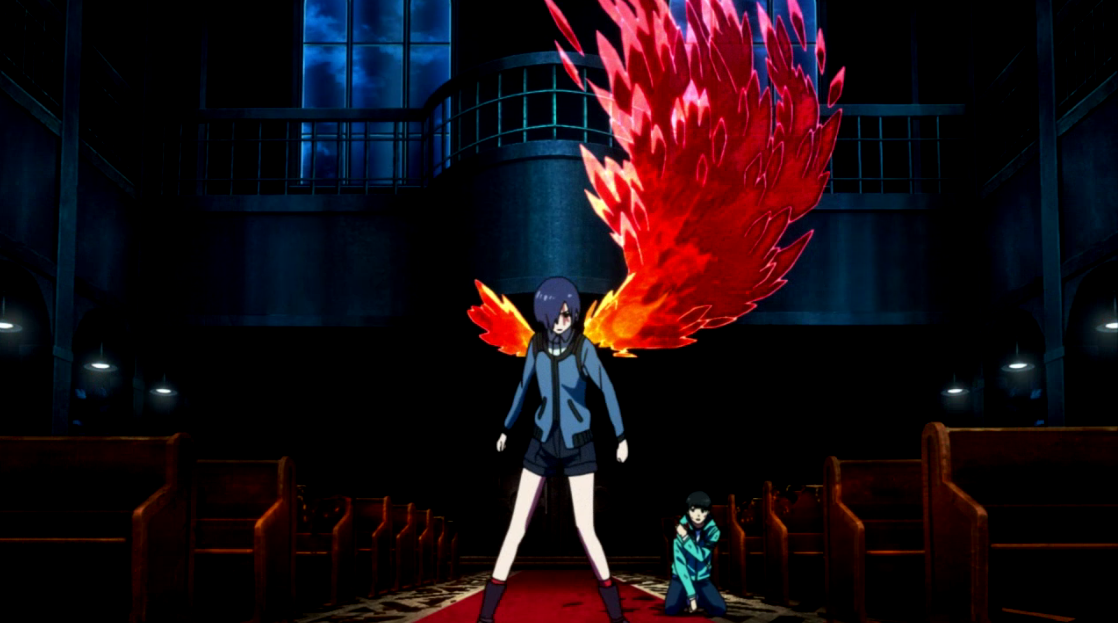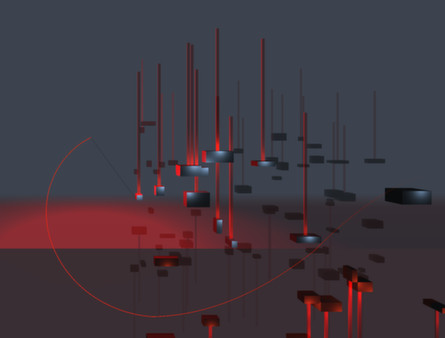Because nobody wants ‘Qwerty
Tummy’
As the end of the year approaches and you’re still eating the
leftovers, it’s a good idea to bring the New Year with a fresh approach. So how
about that computer you’re using? It’s a busy machine that labours and toils for
you all year round. It needs some TLC every now and then, so how about you
treat your computer (and yourself in the process) by giving it bit of a clean?
In particular, let’s have a look at your keyboard. Studies
in Britain
found that office keyboards were “dirtier than toilet seats”. Our home keyboards certainty shouldn’t be getting that bad and some
of us do clean ours regularly. A simple wipe over with some disinfectant once a
month at least is more than enough for a home computer, but that just cleans
the surface. Even if you’re not one to eat at your desk, your keyboard will
slowly fill with all manner of nasty things including hair and dead skin. Pets
make it worse with the abundance of pet hair that might float around your
house. Last weekend I pulled my keyboard apart to clean the guts well and truly.
I’ve had this keyboard a little over a year now, so this is a years worth of build
up.
Pretty rank, right? It was also a big job and took about
three hours to clean completely, but in the end it’s worth it. Not only is your
keyboard much more hygienic, but you may even get a little bit of performance
out of it. All that debris can often cause stuck or ‘mushy’ keys, especially in
mechanical keyboards. Before we get into cleaning, you need to check the best
way to clean yours. Most keyboards allow you to simply pop the keys off with a
knife or screwdriver, but I have had keyboards that require full dismantling to
clean effectively. Either way, you’re going to need to know how your keyboard
comes apart.
To give my keyboard a decent clean, I used the following:
- Alcohol hand sanitiser or disinfectant wipes
- Cotton buds
- Large hard bristle paintbrush
- Small bristle paintbrush
- Clean, lint-free wash cloth
- Flat-head screwdriver or butterknife
I don’t recommend using tissues as these leave particles. I
also don’t like air compressors as I’ve found they don’t work that well and may
even blow the debris deeper into the keyboard.
First of all, you’re going to want to pry all those keys off
to get to the guts of your keyboard. I wiped every key all over with the cloth
as I took them out and put them aside. It’s a good idea to put them in the
order you took them off in so you can remember where each one went. With the
larger keys, they’ll have bars to stabilise them and you need to clean these
well and remove the sticky residue that often coats them.
Tip up your keyboard and use the hard bristle brush to clear
out all the debris. I keep the brush in by desk at all times to periodically
brush hair off my keyboard throughout the year. Use the soft brush to get into
the corners and use the cotton tips dipped in alcohol sanitiser to clean
anything that’s stuck there. Don’t forget to wipe the body of your keyboard
while you’re at it. Then replace the keys, giving them a quick wipe of alcohol
sanitiser before you put them back.
It’s really an easy job and it can take some time, but the
feeling of having a fresh clean keyboard is worth the effort and you only really need to do it once a year. Just remember to periodically wipe over your keyboard with some disinfectant at least once a month or use cotton buds to clean between keys if you want a deeper clean. Knowing it’s not going to make you sick any time soon is a reward in itself.













